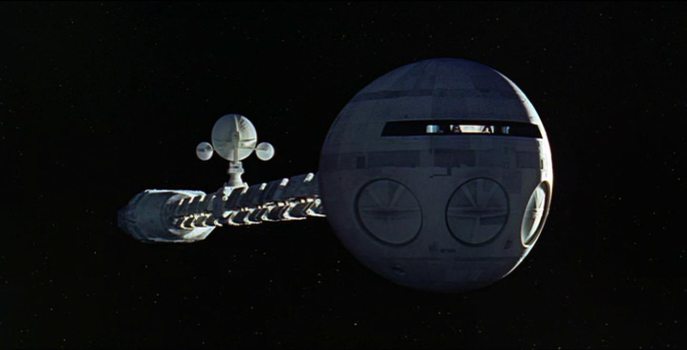As the decades go by, it has become clear that technology has no end in sight. Researchers and inventors come up with cool new gadgets every day that push the limits of what we understand about electronics and well, science in general. It’s incredible and mind-blowing what people are capable of creating, and there seems to be no signs of slowing down. Which leads me to think – will there ever be a point where new technology cannot be created anymore? Is there a point at which we’ve accomplished everything we could possible do? In short terms – no, I don’t believe there actually is an end to what we can accomplish. Sure, it may take ages upon ages to create something that is truly new and fascinating, but there are thousands, if not millions, of extremely talented and intelligent people in the world who are willing and actually dedicate their lives to coming up with ideas for new technology. We certainly would not be where we are today without these sorts of people, which leads me to a related but less complex subject – inventors and scientists themselves. In the film we watched in class this week, Edward Scissorhands, there was an inventor. He created Edward from an image he had in his mind, and it was heartbreaking to see him not be able to finsih his work. However, this is not quite the type of inventor I’ll be talking about for the rest of this post.

Personally, my favorite scientist to ever have lived is Nikola Tesla. As the creator and main advocate for alternating current (AC) electricity, Tesla has been a huge influence on our society as it is now. He constantly locked horns with other people when it came to his inventions – especially Thomas Edison and George Westinghouse. Edison and Tesla had vastly different styles of going about their work. Where Edison was all about meticulous and often tedious experiments in hope of discovering something new, Tesla relied on his education regarding engineering to formulate wild theories before even beginning to conceptualize how to test them. The two worked together for several years before their differences finally got the better of them and they parted ways, coming together not long after in the War of the Currents. Tesla is often credited as being less intelligent than Edison, due to the fact that he had roughly 300 patents to Edison’s 1000, but in my eyes, Tesla’s inventions have proved to be far more complicated and useful than Edison’s.


